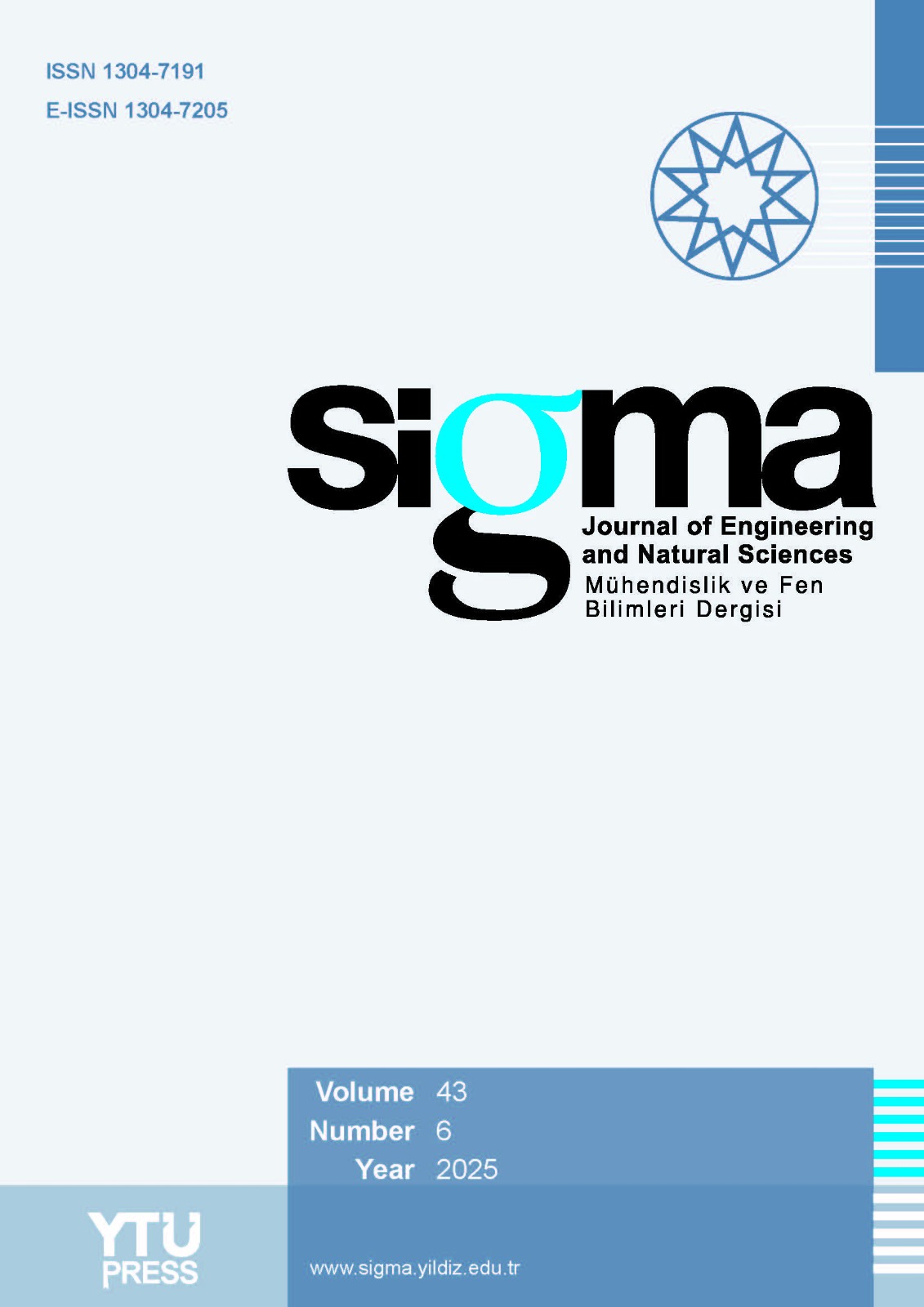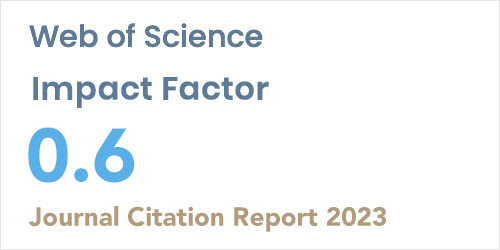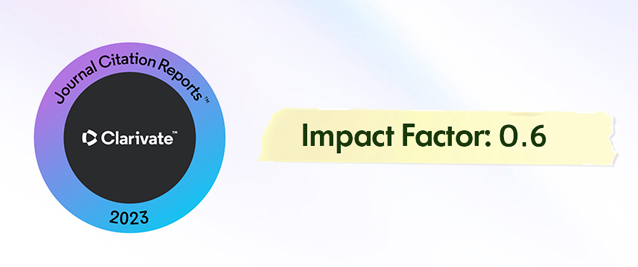2Department of Autmonation and Robotics, Dr. D. Y. Patil Institute of Technology Pimpri, Pune, 411018, India
3Department of Mechanical Engineering, Modern Education Society's College of Engineering, Pune, 411001, India
Abstract
This research delves into semi-evaporative cooling systems, exploring their performance in diverse environments with a focus on air supply, temperature, and humidity. Findings highlight the importance of environmental factors, especially the evaporation of ceramic pipe sur-faces. Monthly evaluations of cooling coil loads emphasize the need for consistent system performance monitoring. Optimizing cooling pad thickness can reduce cooling coil load by 29.6%. A triangular design achieves a saturation efficiency of 95%, and mats made from coconut and banana fibers enhance saturation effectiveness. Increasing air intake velocity improves wet bulb efficiency, especially at higher temperatures. The research underscores the pivotal role of relative humidity, showing its impact on chilling capacity. These insights are crucial for designing and implementing semi-evaporative cooling systems in real-world scenarios, offering valuable guidance for system design, operation, and material selection.














